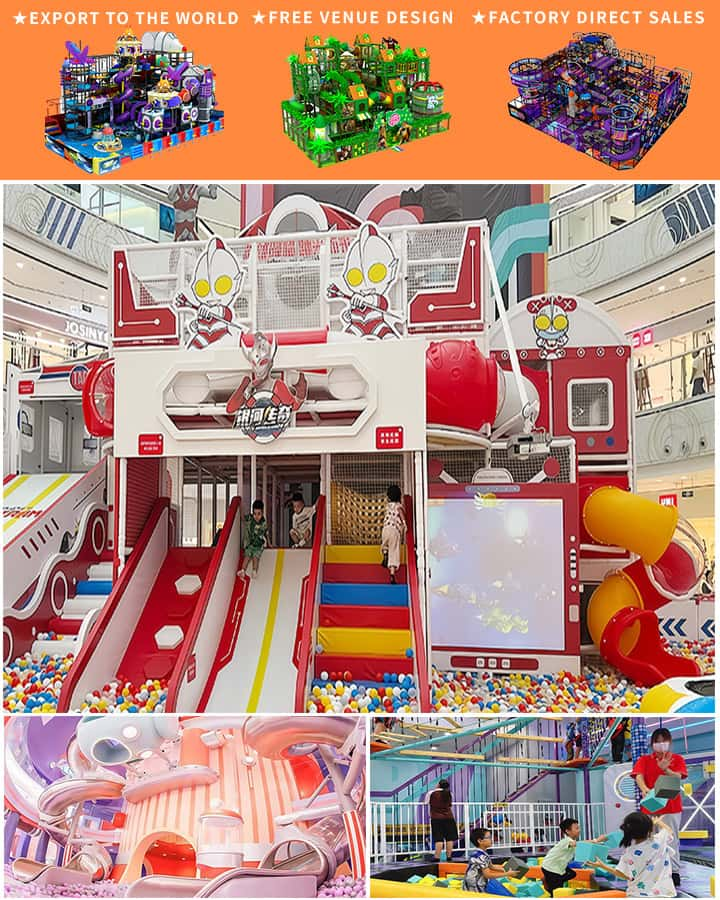Playgrounds are a cornerstone of childhood, providing a space where kids can explore, play, and develop essential physical and social skills. However, for children who use wheelchairs, traditional playground equipment often presents significant barriers. Thankfully, advancements in inclusive design have led to the creation of innovative playground equipment specifically tailored for kids in wheelchairs, ensuring that all children can enjoy the simple joys of playtime together.
The Importance of Inclusive Play
Inclusive playgrounds are designed to be accessible to everyone, irrespective of their abilities. The benefits of inclusive play extend far beyond mere entertainment. Engaging with diverse playground equipment helps children build confidence, foster social skills, and enhance motor abilities. For kids in wheelchairs, the right equipment is crucial in allowing them to participate fully in activities that might otherwise be out of reach.
Key Features of Inclusive Playground Equipment
Accessible Swings:
 Standard swings are usually off-limits for children in wheelchairs due to the need to transfer from the chair to the swing seat. Inclusive swings, however, feature seats that accommodate both standing and seated children, as well as those in wheelchairs. These adaptive swings often include secure harness systems to ensure safety and fun for all users.
Standard swings are usually off-limits for children in wheelchairs due to the need to transfer from the chair to the swing seat. Inclusive swings, however, feature seats that accommodate both standing and seated children, as well as those in wheelchairs. These adaptive swings often include secure harness systems to ensure safety and fun for all users.Wheelchair-Accessible Merry-Go-Rounds: Traditional merry-go-rounds require children to step on and off, which can be challenging for those in wheelchairs. Modern inclusive designs incorporate platforms at ground level, allowing easy access and transfer for wheelchair users. Some models even feature multiple entry and exit points to facilitate ease of use.
Adaptive Climbing Structures: Climbing structures are essential for developing gross motor skills, but conventional designs are typically not wheelchair accessible. Inclusive climbing equipment includes ramps, transfer stations, and platforms that enable children in wheelchairs to join their peers in exploring elevated play areas safely.
Spinning and Rotating Equipment: Carousel-like structures and spinning discs offer exhilarating experiences but are often inaccessible due to height and transfer requirements. Newer designs integrate low-friction surfaces and stable support mechanisms, making it easier for children in wheelchairs to enjoy these dynamic forms of play.
Sensory Play Elements: Children of all abilities benefit from sensory exploration, and inclusive playgrounds recognize this by incorporating tactile and auditory elements within wheelchair reach. Features like textured panels, musical instruments, and water play ensure that sensory experiences are available to everyone.
Benefits of Inclusive Playgrounds
The push for inclusive playground equipment isn’t just about equality; it’s about creating environments where every child can thrive. When playgrounds are accessible, children in wheelchairs experience improved self-esteem and a sense of belonging. Additionally, inclusive play promotes empathy and understanding among all children, teaching valuable life lessons about diversity and acceptance.
Conclusion
Innovative playground equipment for kids in wheelchairs transforms ordinary play spaces into realms of endless possibilities. By prioritizing inclusivity, we create a world where every child has the opportunity to laugh, learn, and grow together. As communities continue to embrace and invest in inclusive playground designs, we pave the way for a more compassionate and equitable society, one playful moment at a time.




